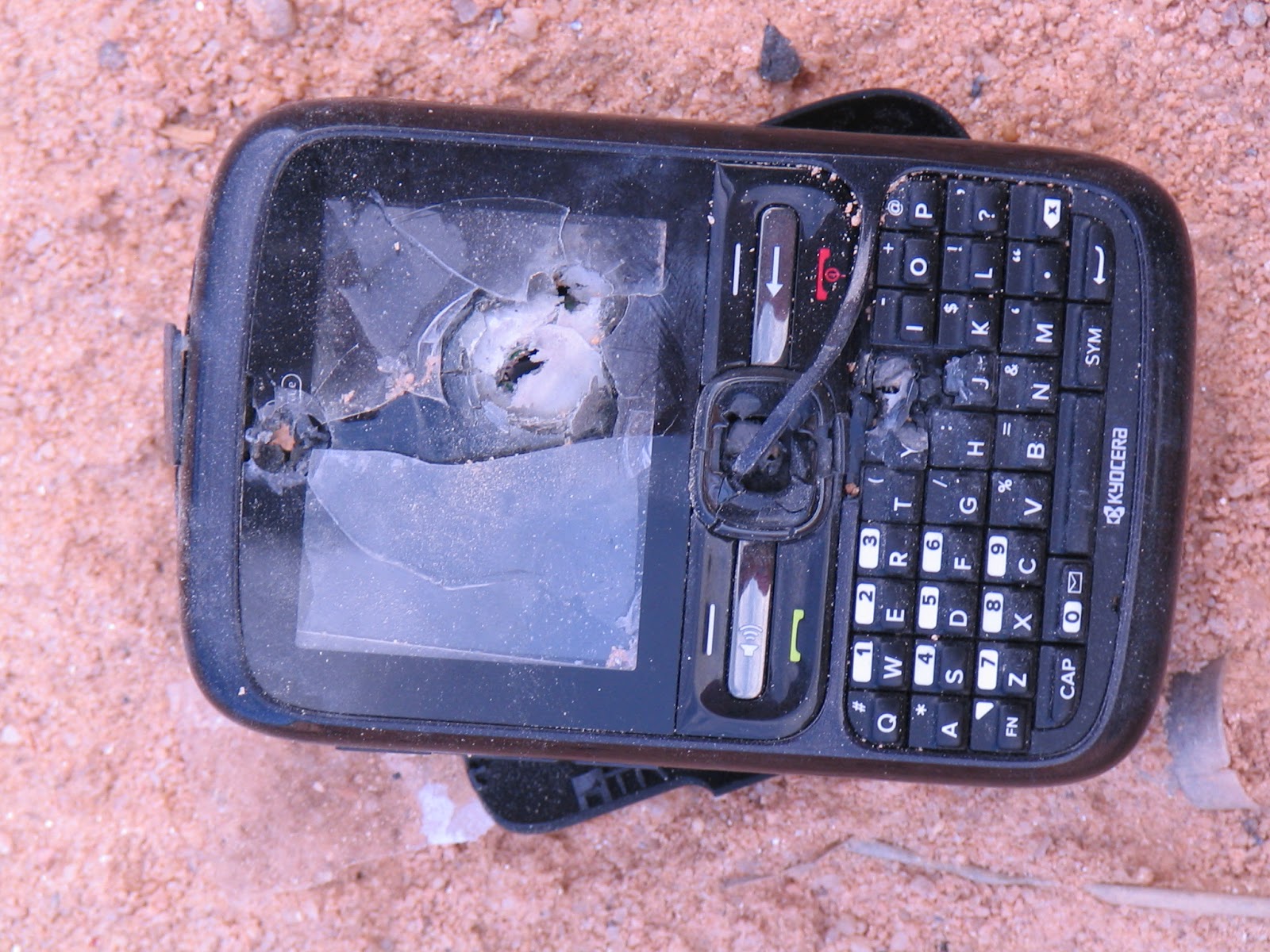The New Year makes a great transition from the old for me, already. I firmly believe this New Year will be bigger, better, brighter and more profitable.
Over the last year I decided to cease bothering with a photography business that wasn't paying its way. It was business I had been reluctant to start as I never could see how on earth photography could ever pay its way. It made a bit here and there but always less than was spent on it and the capital investment is largely money thrown down the toilet due to depreciation.
I started trying to sell the studio stuff in February with a line laid down that if it didn't sell by the New Year, it would go in the garbage skip outside my front door as I would deem it totally unsalable. It finally sold in October - for way less than I paid for it. I just sold it as a job lot. I just had the guy make me an offer, negotiated higher and sold it. I don't know exactly how much that had all cost. I knew it was a mix of stuff from ebay and from B&H and he got an exceptionally good deal.
A month or so back, I put two of my flashes on Amazon to sell. Thus far, no interest at all. It took a while for the flash controller to sell which was surprising as it was in mint condition and priced below secondhand market value. A note about Amazon - just like eBay, they chronically underestimate postage. The only way to get the real value of postage is to charge for express mail and then to send via standard mail. Certainly it's a scurrilous tactic as the buyer has paid for what they believe to be the postage but doing otherwise cuts deeply into the value of the item. Given one loses 10% of the sale value already in fees, eBay and Amazon seem not to be good places to sell anything unless one is prepared to get pennies on the dollar. Thus, my flashes have been listed on this blog and have attracted no interest whatsoever. There is a limitation - people have to contact me through Twitter or through the blog which requires a GMail account to send a message. That's just to avoid spam and phone spam.
I'm not desperate to sell them. I just want to get something with negative memories associated with it that I don't use, out of my life. They're just expensive junk as far as I'm concerned. My aim is to get back as many of my shekels as I possibly can.
Meanwhile, I have been watching with interest the decline and closure of the location where I have been working. People have asked repeatedly whether the organisation is closing and I have no answer to that - just my location. I believe the nature of the industry has changed and is changing the business model. As ever, I documented some of it with my smartphone. I believe true documentary photography these days is done with a smatphone and a website rather than with a traditional digital SLR.

This was taken on the very last day the premises were open for business. Most of the stock had been sold and the rest will simply be packed up and shipped back to various warehouses. It's a sad day for all the employees that could not find other work. Fortunately I have acquired another position with a different company. Oddly enough, it's more suited to my interests, away from the public, better paid with more hours, better benefits and closer to home - not to mention a full hour for lunch with lots of cheap cafes nearby. 2014 looks to be off to a very good start already.
I have read some scathing comments about Olympus that suggest that Olympus might not be going to continue in the camera world for much longer. Smartphones have decimated the compact camera industry. Have you noticed how many of my photos have been put up using a smartphone? There are quite a few. It is estimated that Olympus camera division has lost money consistently. It is also expected the camera market will contract by 25% this year. I would not be surprised to see Olympus exiting the marketplace and abandoning its user base. They did this before in the 1990s. Olympus seems to be very good at making excellent cameras with high-quality but no mass appeal. I did not go for Olympus when I got my digital SLR because the E300 that was around at the time was just butt-ugly. I was also mindful of Olympus' track record of abandoning its user base.
I have been looking toward replacing my Canon equipment with a different brand but the Nikon 1 that I looked at and liked so much proved not up to snuff when I downloaded a RAW image file and converted it to JPEG. There was just too much apparent noise in the shadows. More noise than in the shadows on my smartphone which has a smaller sensor. I think Nikon is on the right track with the smaller format. I'm still holding off on that though. I feel that smaller is better with camera systems.
As a business, I set up with two camera bodies that are now essentially valueless. They're 8 megapixels which is adequate for my own usage. As I said before, the drip-fed megapixel "race" was just a scam to get people to spend more money on more electronic junk. There is hardly any difference between 6 megapixels and 8 and between 8 and 10. At the sizes most people use, even the difference between 3 and 30,000 megapixels would be unnoticeable. I set up with flashes that I'm trying hard to sell. I set up with studio equipment that I practically had to give away to get rid of. All of this stuff cost a ton of money and I'm practically having to give it away to get shot of it. I donated an electronic photo frame and some framed prints to the Chamber of Commerce fundraising auction. Somebody crossed out the suggested starting bid and I think they went for way less than the cost of just the frames. It was ridiculously low. Having said that, a fellow I work with had a business doing picture framing. In the end he had to close his shop that he'd run for 12 years because people stopped buying frames and framed prints. Everywhere I look I see art floundering and artists failing.
I see a severe contraction coming in the camera and photography industry. It started with all the photographers I saw in 2013 putting up the shutters and going bankrupt. At least one newspaper fired all its photographers and trained its reporters to use iPhones for video, audio and photography. I believe they all have keyboards and type their stories in their cars to be sent by iPhone to their base. It won't be long before newspapers cease to have offices and just hire random reporters who work from home.
I see more contraction in the retail industry. In my area, two bookstores vanished in 2013 and a golf store is also vanishing. I read that retail was 21% down over the Christmas period. Oddly enough UPS had such a backlog of parcels to deliver that many were late arriving. There has been a seismic shift in retail away from physical stores to online stores. I can see why too. If I walk into a shop to view a camera, I don't want to be "greeted" or pestered. I want to look and make my own decisions and to ask questions if I wish. I don't want to be ignored either. I can avoid all these problems and avoid going within smelling distance of the person with a bad case of Body Odour or risk being mown down by children running amok. I don't have to beat my way to the front of a crowd to view the latest gadget then to get some minimum wage employee to move the kids who're playing with the electronics away and clean them up with an alcohol wipe before I can check them out. I can avoid all this by shopping online or by simply saving my money and buying just what I actually need. I suspect many people are going the online route.
In 2013 I tried an electronic reader and was very underwhelmed by the experience. I tried it as a tablet to display photos after finding that I could not even download new free books without registering a credit card on the device. Given that large corporations such as Target and Barnes & Noble and others had their systems hacked to such an extent that many credit cards had to be cancelled, one can understand my reluctance to register a functioning card. As it wouldn't take all zeroes, it was useless as a reader. It turned out to be equally useless at displaying photos. I ended up flogging the blasted thing for a third of what I paid for it on eBay and I consider myself lucky. Relating the tale to my dad, his comment was that I was a sucker for electronic gizmos and that he'd rarely seen anything electronic that was worth the bother or the money. I tend to agree that one has to be very selective and that electronics seem to add to the cost of things without adding benefits. I look at electronic ignition on cars as a prime example of that. There was nothing that could not be done with a distributor and it was so much easier to adjust a distributor and if I wanted to make sure nobody stole my car, I could simply put the rotor arm in my pocket.
In 2014 I will not be buying new electronics save to replace any that fail during the course of the year. I hope to sell my flashes and possibly a lens or two. I want to get back to the kind of photography that I enjoy - which is entirely personal. I don't want to do anything "commercial" and never really did want to. In 2014 I will be starting my new job. I will be gaining my qualifications to work in an entirely different industry (it's a handy backup). 2013 was a year of building my bases. 2014 will be a year of developing those bases. 2012 was a year of building foundations. 2013 was a year that ended with sadness due to the unexpected death of a co-worker. I will miss Nick.
2014 I expect to be better than 2013. I expect this coming year to be out and about more with my camera than last year. I still need to update my travel photography blog with trips that I have not yet included. Perhaps I might document some of my daily life. Who knows?




































